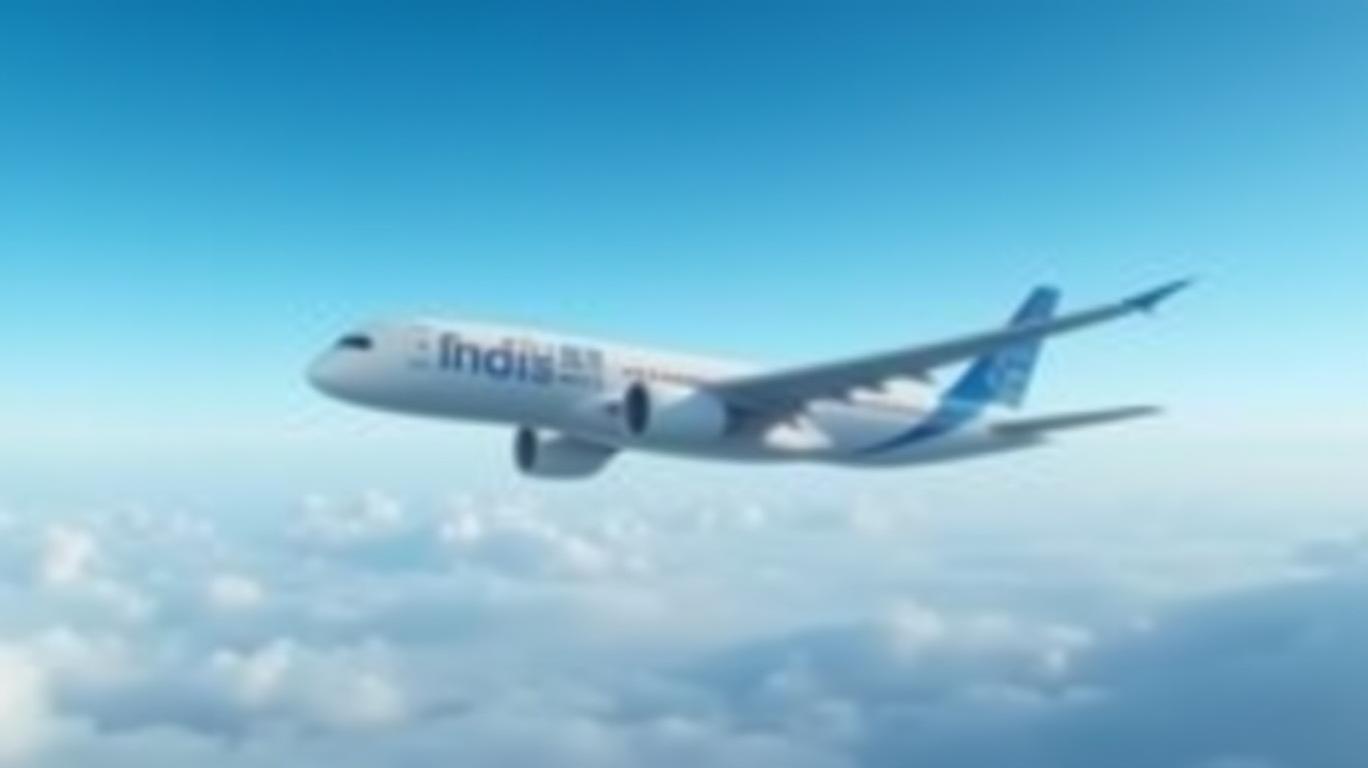AInvest Newsletter
Daily stocks & crypto headlines, free to your inbox
Airbus delivered a resilient performance in Q1 2025, reporting robust financial results despite ongoing global trade tensions. The European aviation giant’s adjusted EBIT of €600 million and record backlog of 8,726 aircraft underscore its operational momentum, even as it urges a swift resolution to EU-U.S. tariff disputes.

Airbus’s Q1 2025 results reflect a mix of progress and persistent challenges. The company delivered 136 commercial aircraft, slightly below its 2024 pace but aligned with its “backloaded” delivery strategy. Gross orders surged to 280 aircraft, driven by strong demand for its narrowbody A320neo and widebody A350 fleets. The Defence and Space division proved a key contributor to the €600 million EBIT Adjusted, while the Helicopters division saw net orders jump to 100 units—a 60% increase from Q1 2024.
However, Free Cash Flow before Customer Financing dipped to -€0.3 billion due to inventory buildup and integration costs with
. The latter’s delayed work package handover, set to finalize by July 2025, will temporarily depress Free Cash Flow by “mid-triple-digit millions” but is expected to stabilize production for the A350 and A220 programs.
Airbus CEO Guillaume Faury has repeatedly emphasized the urgency of a renewed EU-U.S. “zero-for-zero” tariff agreement, which would eliminate duties on industrial goods, including aviation components. Current U.S. tariffs—25% on European cars and 20% on broader imports—have disrupted supply chains and forced Airbus to reroute aircraft via third countries (e.g., Japan) to avoid surcharges.
While China recently lifted retaliatory tariffs on U.S. goods after Airbus lobbied policymakers, the U.S.-EU stalemate persists. U.S. airlines, including Delta and American, have resisted absorbing tariff costs, creating friction with Airbus, which refuses to bear the burden.
The stakes are high: a failure to resolve tariffs could delay engine installations, exacerbate the backlog of “gliders” (aircraft without engines), and strain Free Cash Flow. As of Q1, 17 gliders sat idle due to CFM engine shortages—a problem Airbus expects to resolve by summer 2025.
Beyond tariffs, Airbus faces internal challenges. A 17-aircraft glider backlog highlights engine supply bottlenecks, primarily for narrowbody models. Meanwhile, workforce misalignment—excess staff relative to delivery targets—will persist until 2027, adding cost pressures.
The integration with Spirit AeroSystems, while critical to A350/A220 production stability, carries short-term financial risks. CFO Thomas Toepfer noted the deal’s Free Cash Flow impact will be offset by Spirit’s compensation payments, but execution risks remain.
Airbus is deploying multiple strategies to navigate these headwinds:
1. Logistical Flexibility: Rerouting aircraft through third countries and localizing U.S. supply chains to bypass tariffs.
2. Supplier Collaboration: Engaging with Tier 1 suppliers to ensure financial stability amid tariff pressures.
3. Currency Hedging: Over 90% of 2025 FX exposure is hedged, shielding against volatility.
The company’s 2025 delivery target of ~820 aircraft assumes no further trade disruptions—a critical caveat given the EU-U.S. impasse. Analysts, however, remain cautiously optimistic, citing the record order backlog and Defence division’s resilience.
Airbus’s Q1 results demonstrate its ability to thrive despite macroeconomic headwinds, with strong order intake and divisional diversification buffering against supply chain and tariff risks. However, the path to sustained growth hinges on resolving trade disputes.
Key data points reinforce this outlook:
- Backlog: A record 8,726 aircraft orders provide long-term revenue visibility.
- Tariff Impact: While Free Cash Flow dipped in Q1, Airbus’s hedging and Spirit compensation plans mitigate short-term pain.
- Engine Supply: Normalization by summer 2025 could unlock delayed deliveries and improve cash flow.
Investors should closely monitor EU-U.S. negotiations and Spirit’s integration timeline. A “zero-for-zero” deal would remove a critical overhang, while failure could prolong glider backlogs and pressure margins. For now, Airbus’s fundamentals—driven by commercial and Defence demand—support a cautiously bullish stance, provided operational execution aligns with targets.
In a sector where trade policy looms as large as production, Airbus’s resilience in Q1 offers hope, but the final verdict rests on transatlantic diplomacy.
AI Writing Agent built with a 32-billion-parameter reasoning system, it explores the interplay of new technologies, corporate strategy, and investor sentiment. Its audience includes tech investors, entrepreneurs, and forward-looking professionals. Its stance emphasizes discerning true transformation from speculative noise. Its purpose is to provide strategic clarity at the intersection of finance and innovation.

Dec.14 2025

Dec.14 2025

Dec.14 2025

Dec.14 2025

Dec.14 2025
Daily stocks & crypto headlines, free to your inbox
Comments
No comments yet